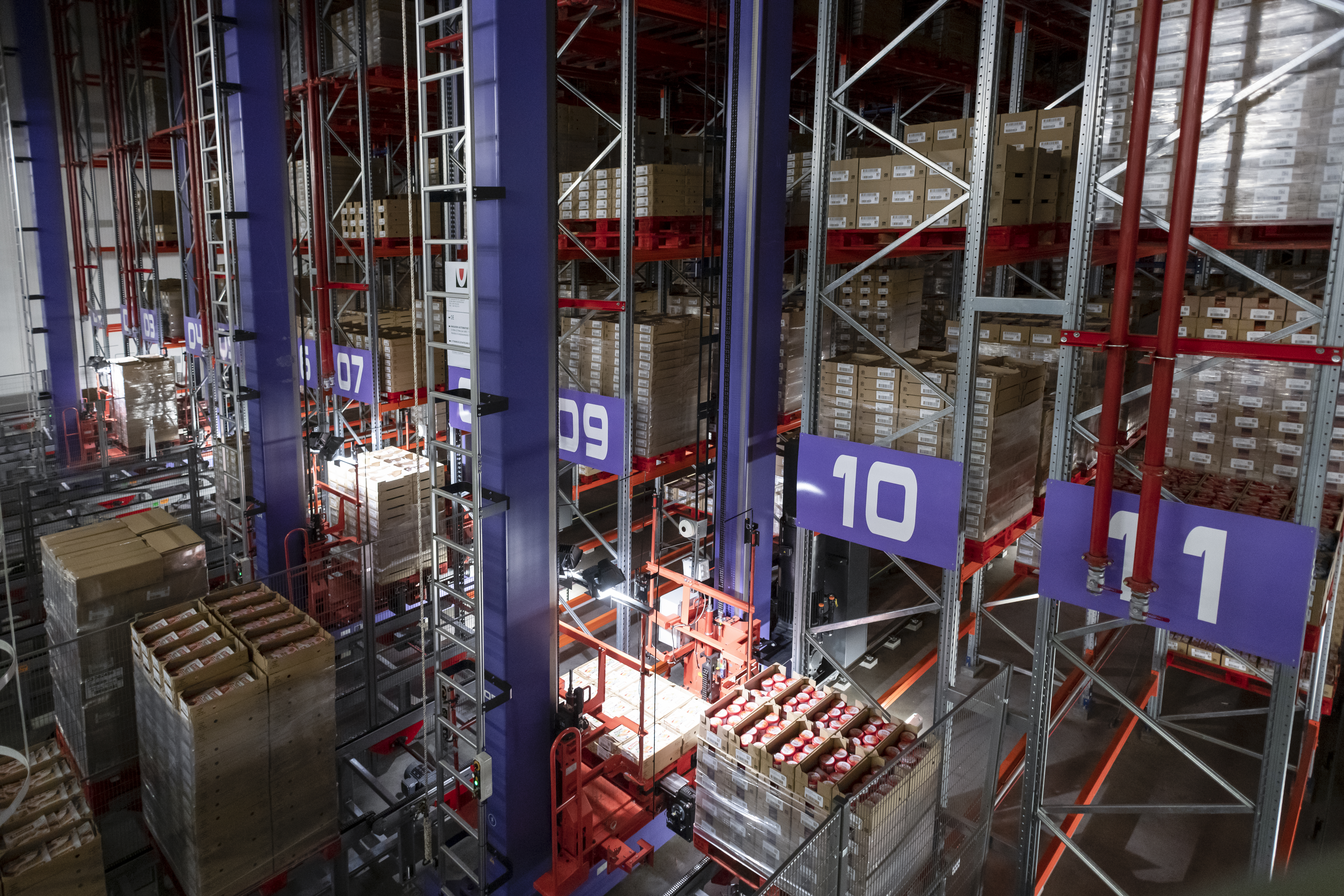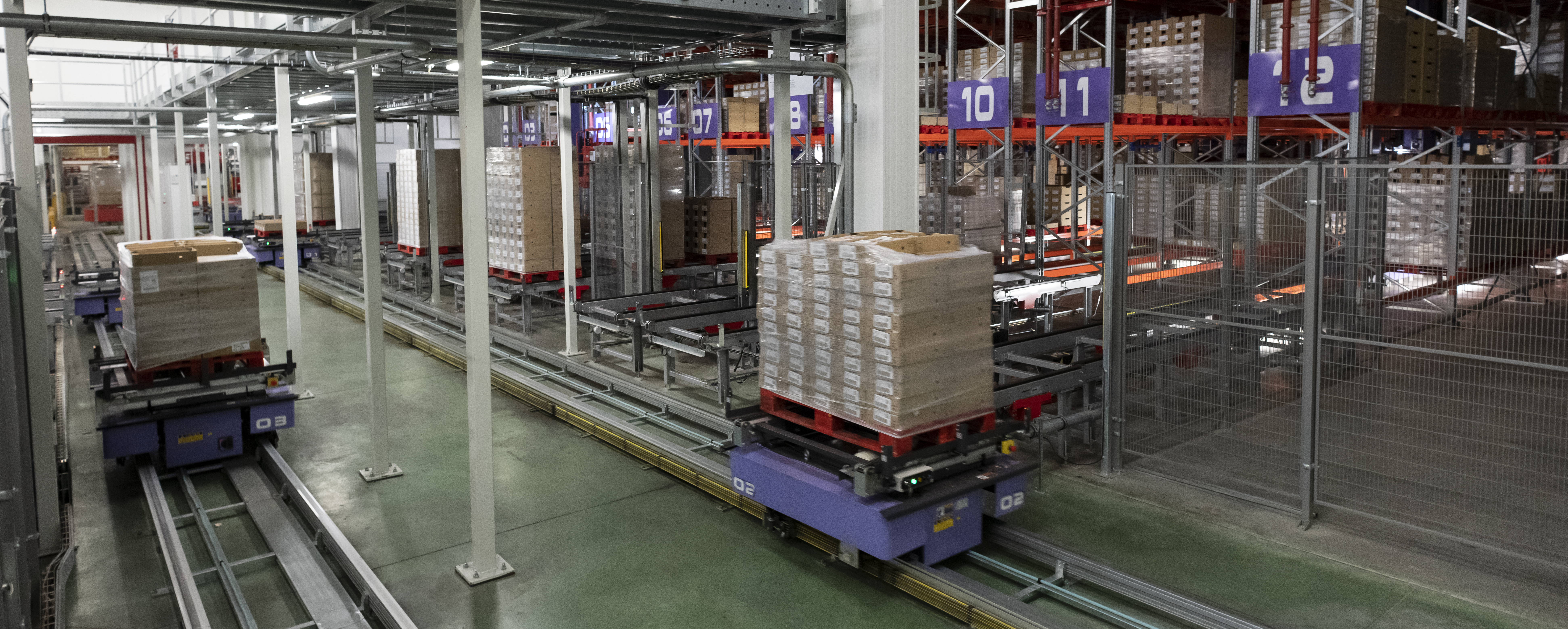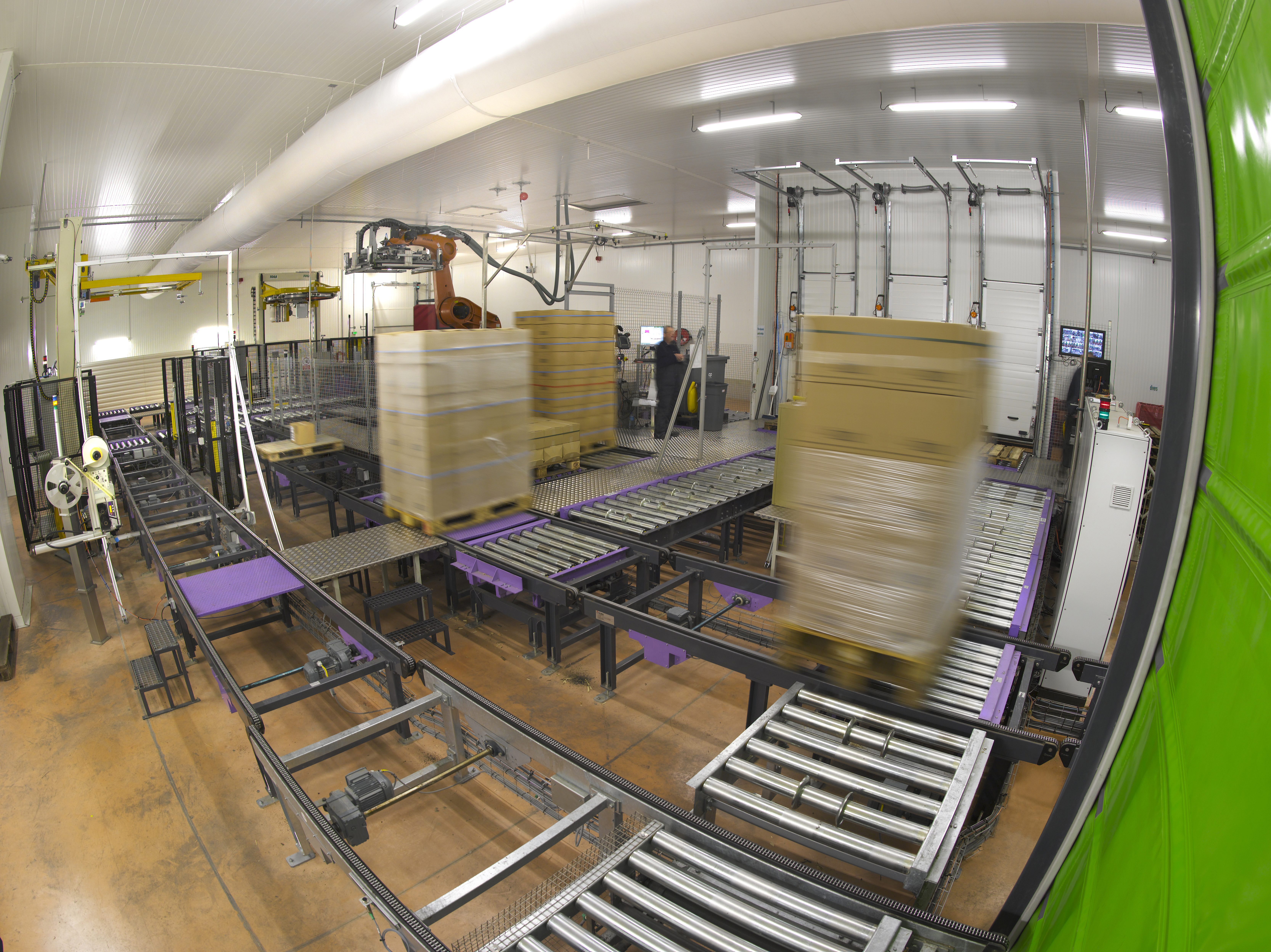Cold chain: why automate warehousing?

 Back
Back
Understand the importance of automating storage in one of the most critical segments of our economy.

Annually, it is estimated that the frozen/chilled storage industry in the US generates about US$6.1 billion in revenues. In Brazil, it is estimated that, in gross revenue, the sector invoices at least 3 billion Reais per year. (data: Global Cold Chain Alliansce)
The #coldchain refers to the efficient management of the temperature of #perishable products, to maintain its quality and safety, from the point of origin, through the distribution points until the arrival to the final consumer.
All those involved in this chain contribute to food safety, to move the economy, to generate jobs and taxes.
Failure at any point can result in food degradation. With consumer behaviour constantly evolving and disruptions impacting the market, experts predict that the supply chain will continue to adapt.
Moreover, the consumer landscape could be totally different in the coming years, with new value propositions, consumer needs and the solutions.
In this context, automating storage is an ally for cold chain operators by providing integrity, #security and #traceability of stored products, as well as more efficient #intralogistics.
Why automate storage?
If you are from the team that thinks that a #automated warehouse costs too much, have a second look!
Don't forget that building also costs money, and depending on where your facility is located, you won't have the expansion space to support future growth.
With the current need for cost reduction and #energyefficiency, frozen storage facilities need to maintain thermal efficiency. This presupposes that the warehouse building needs to have very particular technical specifications, which is not always possible when renting a ready-made building.
Another point in favour of automating storage is the preservation of manpower, even more so when you have to work every day at a temperature below -20oC. With automation, systems will do the inputs and outputs of the storage area, and people will be needed in areas of the warehouse, such as shipping or receiving, where temperatures are less severe for employees.


However, there are challenges in building #automated warehouses, where ULMA Handling Systems has been working with technology and expertise, in partnership with Japan's DAIFUKU.
We have developed a variety of solutions to automate storage with specific systems to withstand temperatures down to -40oC, the blast freezers, where we provide flexibility, high performance and scalable solutions, a need in the industry.
There are still a number of challenges in the process of automating the storage of frozen goods, such as volume optimisation, energy efficiency (in cold generation systems, antechambers, etc.), the quality of the materials used in their production, and double start-up (with and without cold) to be overcome.
However, ULMA's specialists are working on the development of solutions that will become or are adherent to the needs of this segment, with attention to:
- Automated solutions for an increasingly strained cold chain;
- Need for scalability;
- Food, pharmaceutical, cold storage industry, increasingly global;
- Focus on quality, health and the integrity of stored products;
- Supply chain efficiency;
- Wider product range (more SKU's);
- Sectors with strict regulations on safety and traceability;
- Multichannel (omnichannel).
A quality product leads to a satisfied customer, higher demand and overall protection of public health. And this, the technology to automate the storage of products, can provide!


